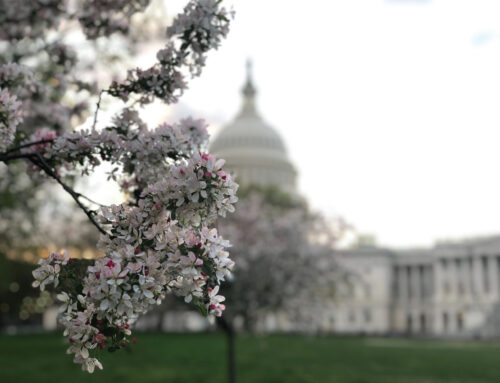On March 11, 2024, the Department of Labor’s (DOL) Wage and Hour Division’s (WHD) final rule for determining whether a worker is an employee or independent contractor under the Fair Labor Standards Act (FLSA) became effective. The final rule rescinds DOL’s 2021 regulation and establishes a new test to determine worker classification. The implications of this shift are substantial for employers, as the misclassification of employees as independent contractors carries significant liability under the FLSA, including paying owed wages and overtime pay, liquidated damages, and attorneys’ fees and costs.
About the Rule
Unlike the 2021 regulation that prioritized two core factors relating to worker classification—the nature and degree of the worker’s control over the work and the worker’s opportunity for profit or loss based on initiative, investment, or both, aiming to provide employers with a clear metric for determining worker classification—the new rule reverts back to an economic realities test in which six different factors could be determinative of a worker’s classification:
Six Factors for Determining Worker Classification
- Opportunity for Profit or Loss Depending on Managerial Skill
- Investments by the Worker and the Potential Employer
- Degree of Permanence of the Work Relationship
- Nature and Degree of Control
- Extent to Which the Work Performed Is an Integral Part of the Employer’s Business
- Skill and Initiative
Congressional Resolutions Opposing the Rule
Due to its potential impact, the DOL’s Independent Contractor rule has faced opposition from Congress, freelancers, and the business community. At the legislative level, Congressional Review Act disapproval resolutions have been introduced to overturn the rule and prohibit a substantially similar rulemaking from being issued in the future. The House resolution, H.J.Res.116, was introduced by Workforce Protections Subcommittee Chair Kevin Kiley (R-CA-3), and the Senate resolution, S.J.Res.63, was introduced by Health, Education, Labor & Pensions Committee Ranking Member Bill Cassidy (R-LA). To become effective, the resolutions would require a majority vote from both chambers of Congress and support from the President or enough Senate votes to overturn a presidential veto. As of this post’s publication, H.J. Res.116 had advanced out of the House Committee on Education and the Workforce and awaits a House Floor vote, while the Senate has yet to act on S.J.Res.63.
Learn More
Tree care companies that use contract climbers in their operations may face new challenges. As implementation of the Independent Contractor rule begins, it’s crucial to understand that the rule is interpretive rather than substantive. This means courts may, but are not required to, defer to the legal interpretations within the rule. Courts have the discretion to adopt the rule in its entirety, adopt portions of it, or ignore it altogether. Given this variability in potential legal application, we advise companies to closely review their contractor engagements with this in mind, ensuring alignment with the FLSA as interpretations evolve. For a more in-depth explanation of the six factors, we recommend consulting the detailed memo available on TCIA’s Members Portal CLICK HERE and reviewing the full April 2023 magazine article CLICK HERE.



